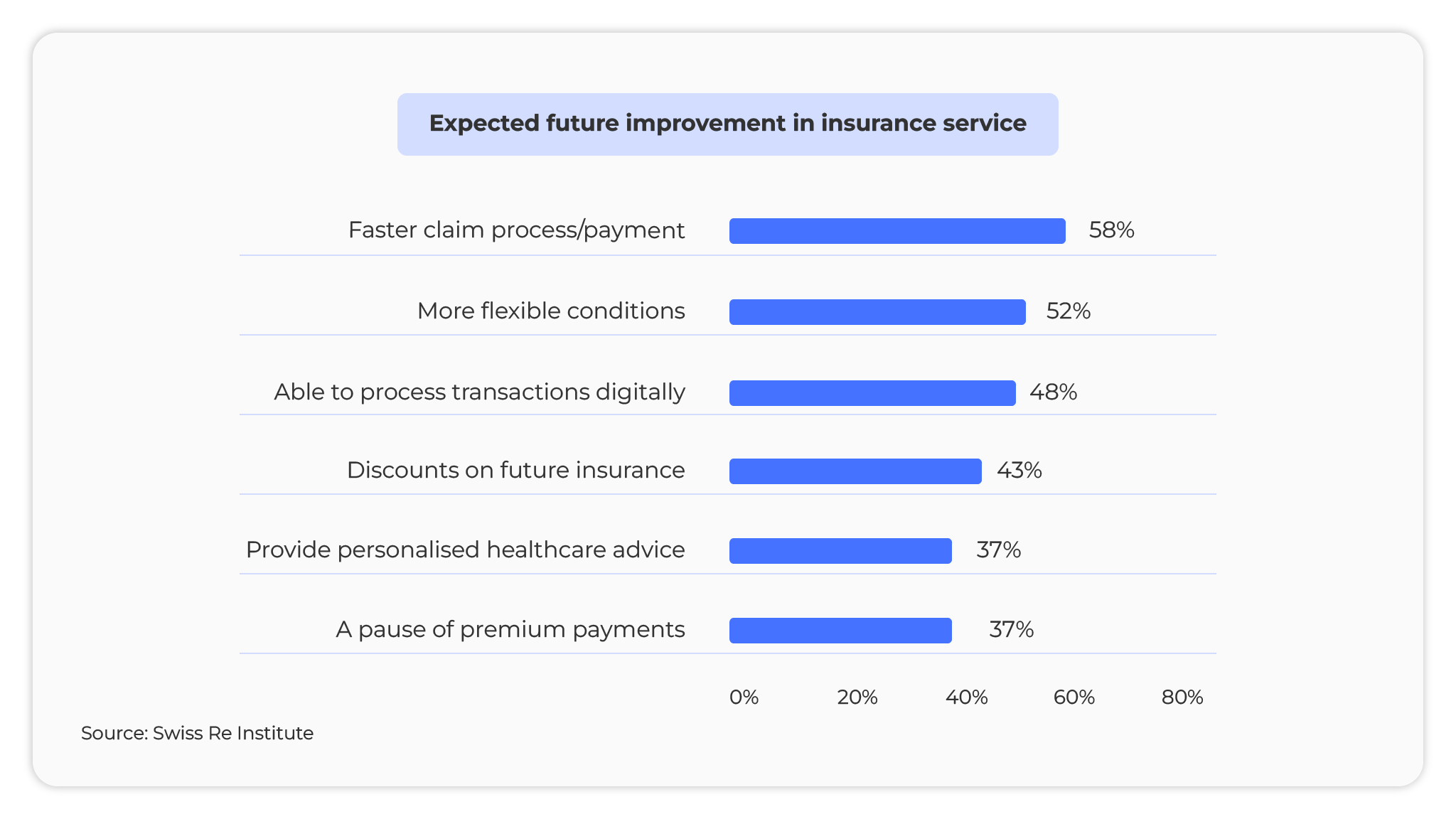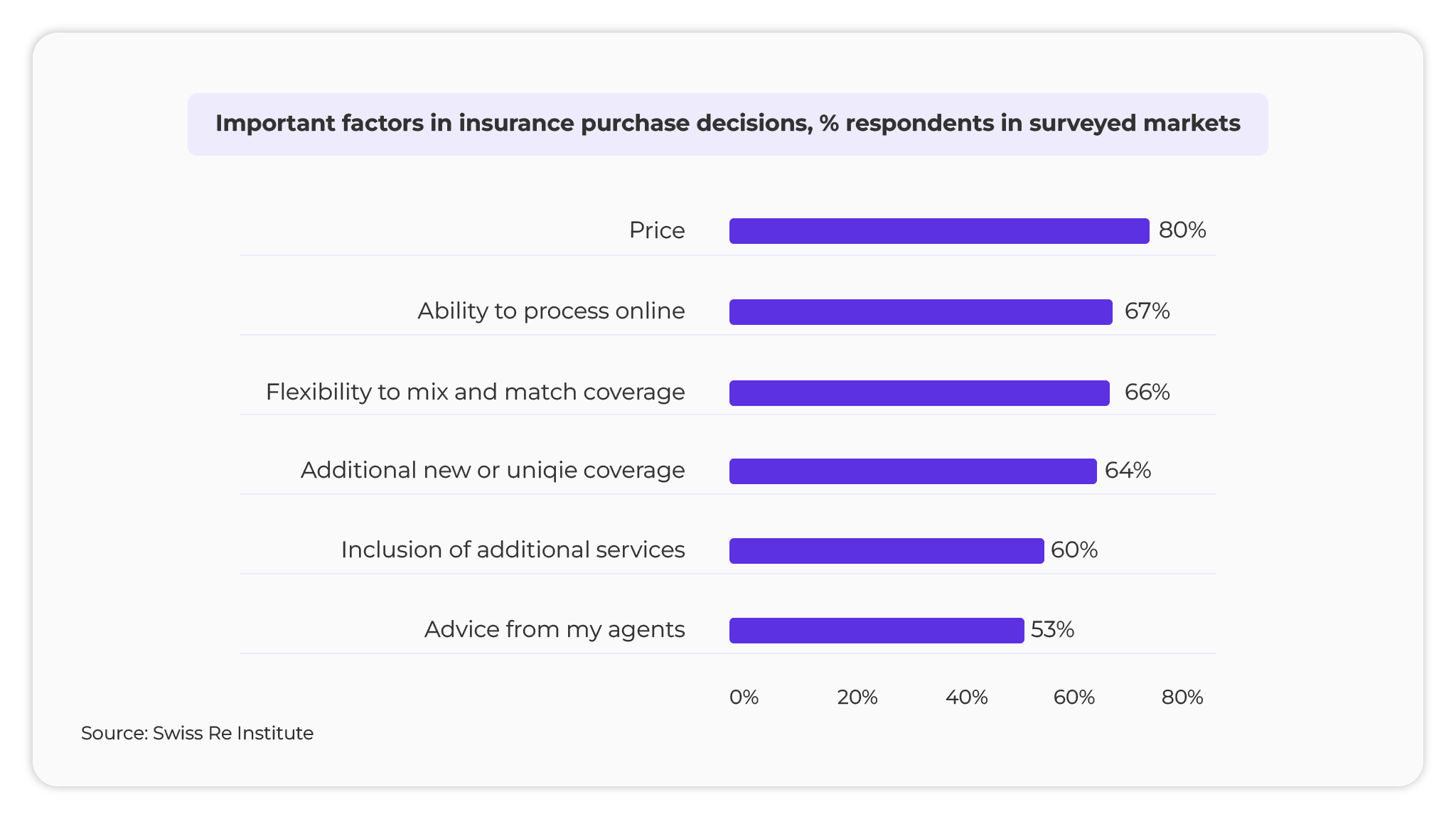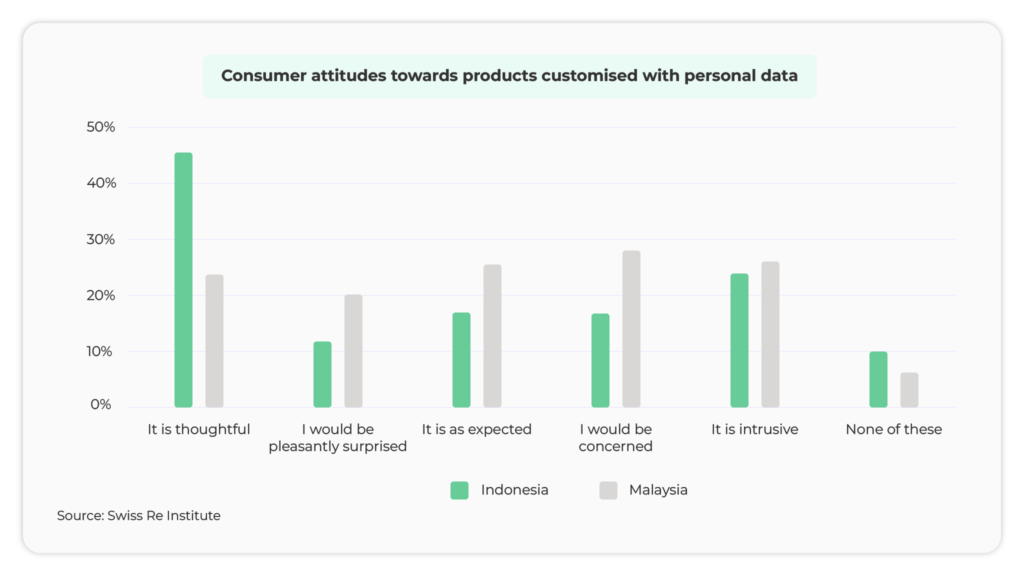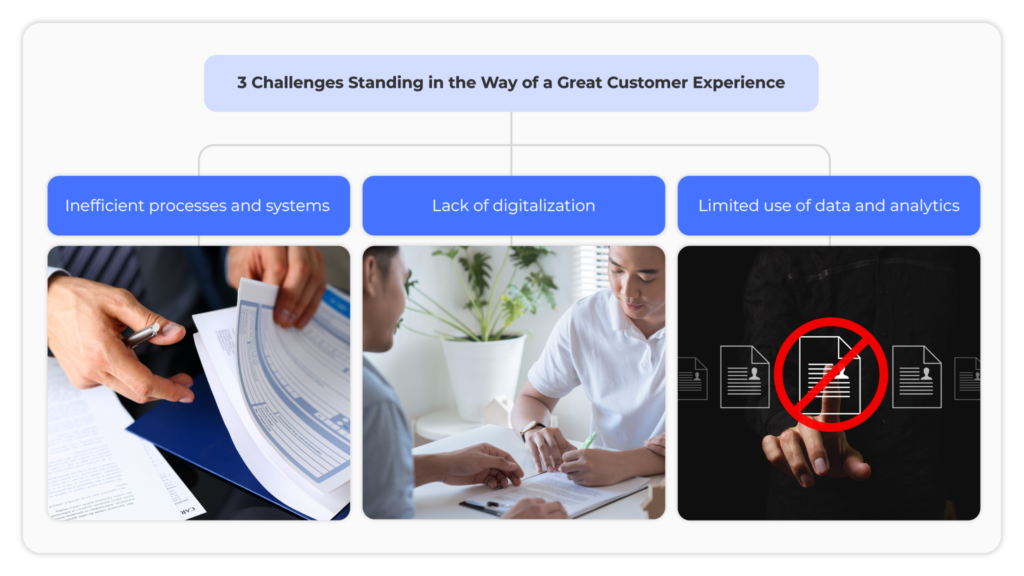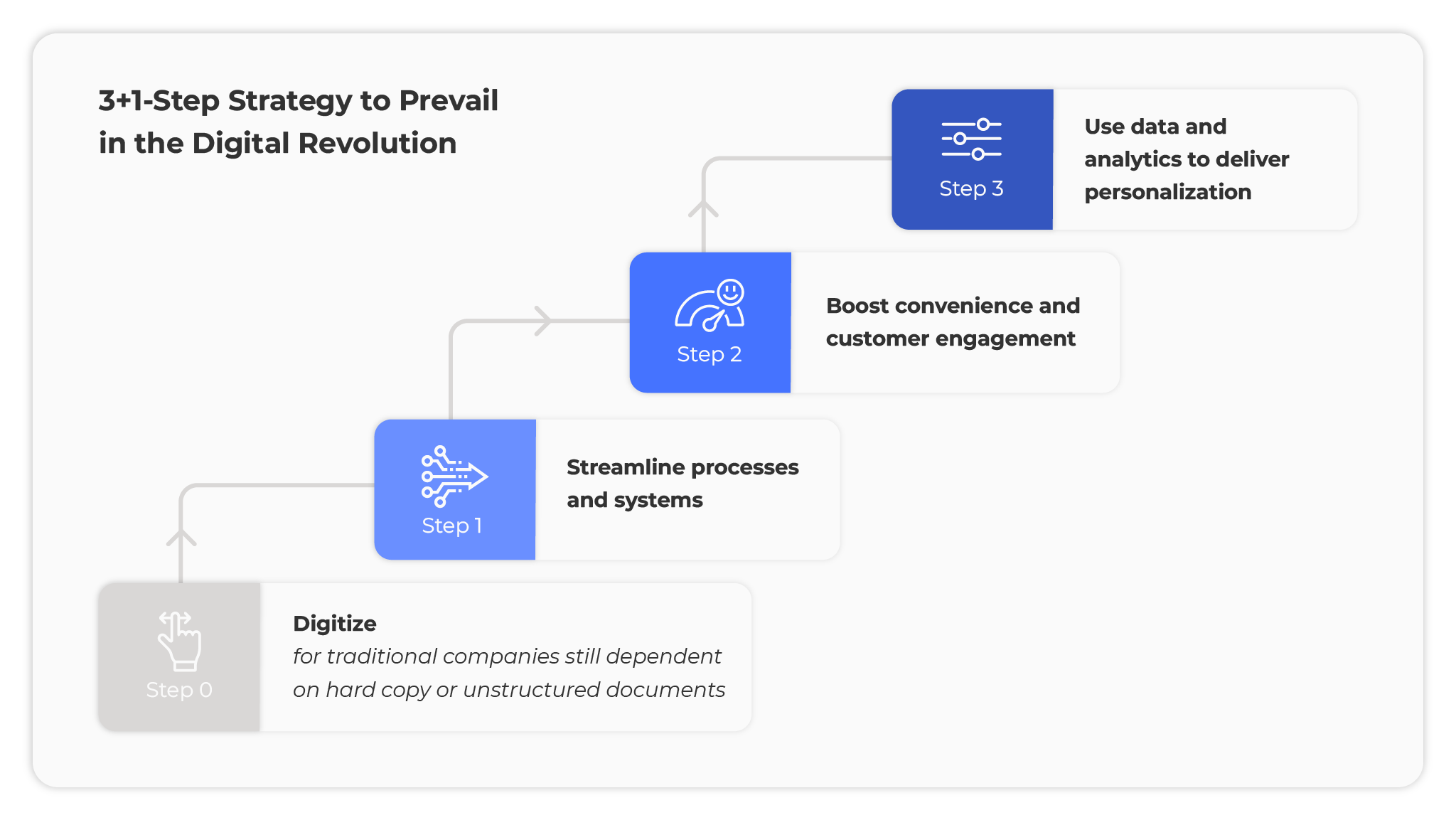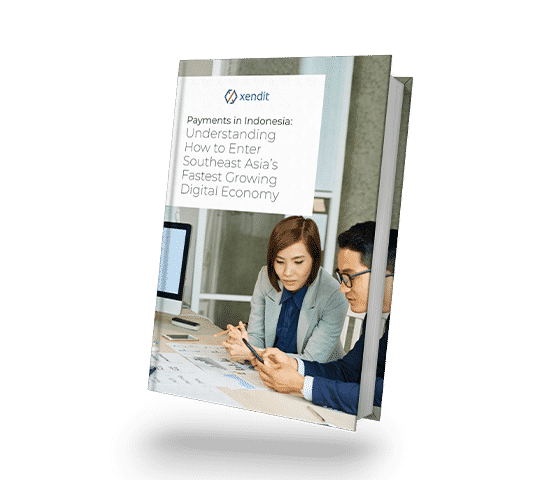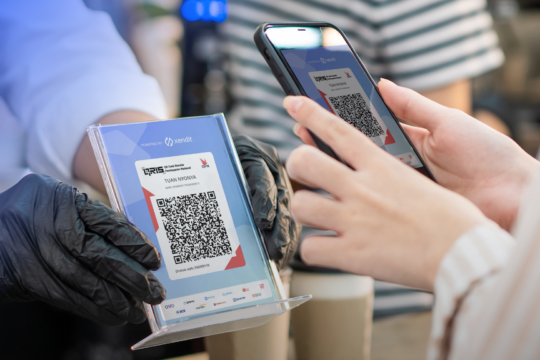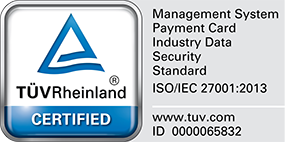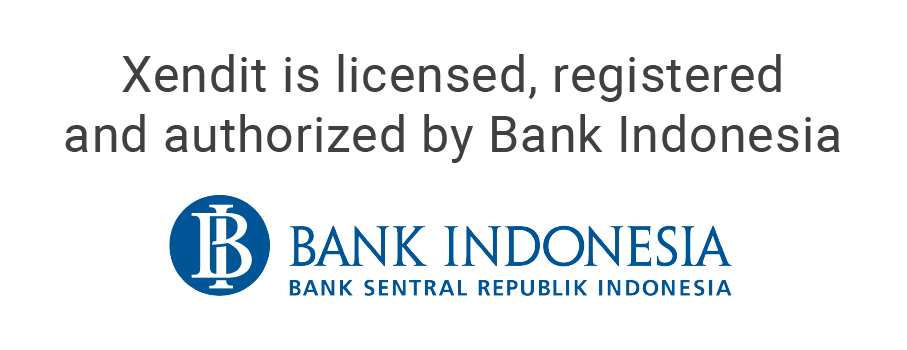Imagine this. You’re on vacation, but you’re in agonizing pain. Disoriented and alone, you are still reeling from your disastrous fall down the icy slope. The treatment cost throws you off–the prices in this country are truly eye-watering.
Wincing in pain, you recall the travel insurance you bought, and you heave a sigh of relief.
But the relief is short-lived. Reality soon catches up. Getting your insurance payout is an administrative nightmare–a mountain of paperwork, multiple hoops to jump through, and worst of all, a harrowing multi-week wait, only to find that some expenses are not covered because of fine prints you weren’t aware of.
Thousands of policyholders suffer this plight in times of distress–and it’s not just for travel insurance. It’s a bad customer experience (CX), and the unhappiness has been festering for a long time. No wonder 42% of consumers don’t trust the insurance industry!
But you have the power to change that–to win back customers’ trust in the insurance industry, and specifically in your company. With digital transformation, insurance can delight customers.
Decades of poor customer experience have primed the industry for a revolution–one you can leverage
A digital insurance revolution has been brewing for years.
The exponentially growing $5.45 billion insurtech market, expected to continue to grow at a CAGR of 52.7% up to 2030, is a sign that the digital insurance revolution is here to stay.
Meanwhile, evolving customer profiles means going digital is inevitable. A rapidly rising new generation of customers–the Gen Z, born from 1997 onwards–are digital natives who expect nothing less than a seamless digital customer experience (CX) that they’ve been so accustomed to.
But rather than a threat, the digital revolution is an opportunity to build a connection with customers and win their trust–and with that, their business.
Forward-thinking executives, determined to combat the archaic norms and processes that have plagued traditional insurance for decades, are well-poised to lead their company to emerge ahead and thrive.
The CX gap: 3 Things customers want in 2023 and beyond
First things first, before jumping into digital transformation, insurance companies need to know–what do customers want nowadays?
#1: Customers look for improvements in claims processing and payment
A faster claim process/payment is the number one most wished-for improvement, with 58% of respondents in APAC expecting it.
What it means: The very reason people buy insurance policies is to get money back when bad things happen. So, a pleasant disbursement experience is instrumental in cementing your brand reputation. That means more trust and more business via word-of-mouth recommendations.
#2: Customers want to transact online and are increasingly accepting of non-traditional distributors (e.g. insurtech)
The ability to process insurance purchases online (67%) is the number 2 most important factor in insurance purchase decisions in APAC, just behind price (80%). This suggests that digital platforms are increasingly important in the insurance customer journey. Consumers are also showing a growing acceptance of non-traditional distributors, such as the wave of insurtech companies launched over the past few years.
What it means: It’s time to make sure that your company’s online facilities are user-friendly and helpful, or risk losing more business to “shinier” newcomers who are increasingly gaining credibility.
#3: Customers want flexibility and personalization, and they are willing to exchange their data for it
In today’s landscape, flexible coverage is the epitome of great customer experience in insurance.
66% of APAC respondents want to be able to mix and match coverage, and 49% of 18- to 24-year-olds –the Gen Zs–said they are likely to purchase usage-based insurance. 67% of global consumers are also interested in exchanging personal health data for lower or customized monthly rates.Customers in Indonesia are especially positive about products customized with personal data, with almost 45% of Indonesian respondents considering them “thoughtful” and only over 20% finding them “intrusive”. In line with this, 38% of respondents in Indonesia are willing to share personal data in exchange for additional personalized health advice, while 49% are on the fence.
What it means: Usage-based, flexible coverage is a win-win for insurers and customers. Young people (aged 18-39) and high earners are especially open to sharing their data, so don’t shy away from collecting and using customer data to sharpen your offerings.
What’s behind the CX gap: Understanding the problem
To excel through the digital insurance revolution, you need to know how to improve the customer experience. But first, you need to first know what you need to overcome.
Let’s talk about the challenges standing in the way of a great customer experience before we delve into the next steps in the next section.
Inefficient processes and systems
Complex processes and systems make claims difficult for both customers and internal teams.
- For customers, complex requirements and submission procedures–especially if hardcopy submissions are involved–are difficult to navigate. They add unnecessary stress in difficult times–illnesses, accidents, or even the death of a loved one.
- For internal teams, the complexity makes it hard to efficiently process claim submissions, causing even more delays.
Lack of digitalization in insurance
Traditional insurance companies have been relatively slow in adopting digital technologies that can help take care of mundane customer interactions and transactions on the fly.
The resulting poor access to information and services amounts to a poor customer experience and contributes to a lack of perceived transparency, eroding trust in the insurance company.
Limited use of data and analytics
Among traditional insurance companies, there is a lack of data collection channels, clean data, and analytics technology needed to derive useful, actionable insights from the data.
Without these insights, it is difficult for insurance companies to personalize the customer experience and meet their customers’ unique needs.
Closing the CX gap: 3+1-Step to prevail in the digital revolution
Digital transformation is a key determinant of whether your company will languish or flourish amidst this digital insurance revolution.
Depending on where you are in digital maturity, there are a few things you can do to forge ahead and emerge on top.
Step 0: Digitization as the first step (for traditional companies)
Already past this stage? Scroll down to Step 1.
If yours is a traditional insurance company that is still heavily dependent on hard copy documents or unstructured scanned documents (e.g. images, PDF documents), this is where you need to start: You’ll need to convert unstructured data to usable structured business data.
You can employ technologies like Intelligent Document Processing (IDP), which makes use of various AI technologies to identify, classify, extract, and validate data.
This digitization of your insurance operations is crucial. Here’s why: the resulting structured data not only help speed up processes but also feed invaluable data for analysis, which are useful for other aspects we’ll discuss further below.
Step 1: Streamline processes and systems
Recall that a faster claims process is the number one improvement customers wish for–so it’s critical to boosting customer experience in insurance. Here’s how you can streamline your processes to address that and more:
- Eliminating silos within your company’s processes
Using different software for different departments and functions gives rise to disconnected data and workflow gaps, which ultimately lead to the long wait times customers complain about.Insurance suite software–single-vendor end-to-end solutions with various modules that bring all these functions under one roof–can provide a single source of truth and help prevent silos. Accenture Life and Annuity Software and Guidewire InsuranceSuite are some examples. - Automating repetitive tasks and processes
Quoting, underwriting, claims processing, and even customer service are plagued with non-value-adding manual, time-consuming tasks. You should look into automating these tasks to achieve faster, more accurate outcomes.You can consider technologies like AI-enhanced Robotic Process Automation (RPA) that emulate how humans interact with software, performing repetitive tasks much faster and more accurately. - Reducing the volume of manual, time-consuming tasks
“Reduce” needs to come before “automate”, so you don’t waste money automating unnecessary tasks. Payment gateways, for example, eliminate manual payment verification for premiums and manual transfers for claims disbursements.
The benefits: Happier customers, better reputation, and more word-of-mouth recommendations (no marketing spend needed!)
Step 2: Boost convenience and customer engagement
As discussed previously, the ability to process insurance purchases online is a priority for customers. Also, they have such a strong desire for personalized advice, many are even willing to exchange their data for it.
Here’s how you can delight your customers by using technology in the insurance industry:
- Helpful resources and an omnichannel presence
Engage with your customers and prospects beyond the usual sales talk to include perhaps resources and content that can help them boost their quality of life. Meet them where they are–and that means across many channels: from phone to various social media channels, and many more. - Self-service capabilities
Develop user-friendly online portals, mobile apps, and chatbots so customers can access information and services on their own terms. Equally important is ensuring that customers can make their online purchases anytime they’re ready. Offer a wide variety of digital payment methods or even set up recurring payments so your customers can set and forget.
The benefits: Engaged and empowered customers who are primed to buy, with low-touch sales operations which allow you to scale more easily.
Step 3: Use data and analytics to deliver personalization
Data is a prerequisite for offering the flexible and personalized coverage and advice your customers crave. Data can help you capitalize on the latest trends in the insurance industry. Here’s what you need to do:
- Bolstering your company’s data collection capabilities
You already have a goldmine of data at your disposal: social media, website analytics, app interactions, customer feedback, and customer data submitted during applications. You can also develop mobile apps or even use Internet of Things (IoT) devices to collect real-time customer data like health data, driving behavior, and more. - Applying insights from customer data
Now that you’ve collected the data, it’s time to put them to good use.You could put together competitive offerings, customize policies, prices, and coverage based on behavior and risk assessment done on the data. For example, you could offer pay-per-use or pay-per-mile car insurance.You could also send targeted messages and offers– like personalizing the website content shown to repeat visitors according to what they’ve viewed previously. Or you could even implement AI to provide personalized recommendations–the sky’s the limit!
The benefits: Win-win solutions–good value for customers, as well as controlled risks and healthy profits for insurance companies.
Over to you to close the CX gap and lead your company to greater heights
To summarize, digital transformation is key to closing the CX gap, delighting your customers, and prevailing amidst the digital revolution.
There are three unmet expectations that customers want but are not getting enough of. These are the customer experience outcomes you should aim to achieve as you go about your transformation journey–keep your eyes on the prize:
- Faster claims payments
- Good online transaction experience
- Flexibility and personalization, both for policies and interactions
If you do a stocktake of what your company already has currently, you would find that there are many good places to start. Many of these opportunities are well within reach!
Now that you know the strategies and tools you can use, it’s time to take action and lead your company toward becoming a dominant insurance provider in the digital age.


